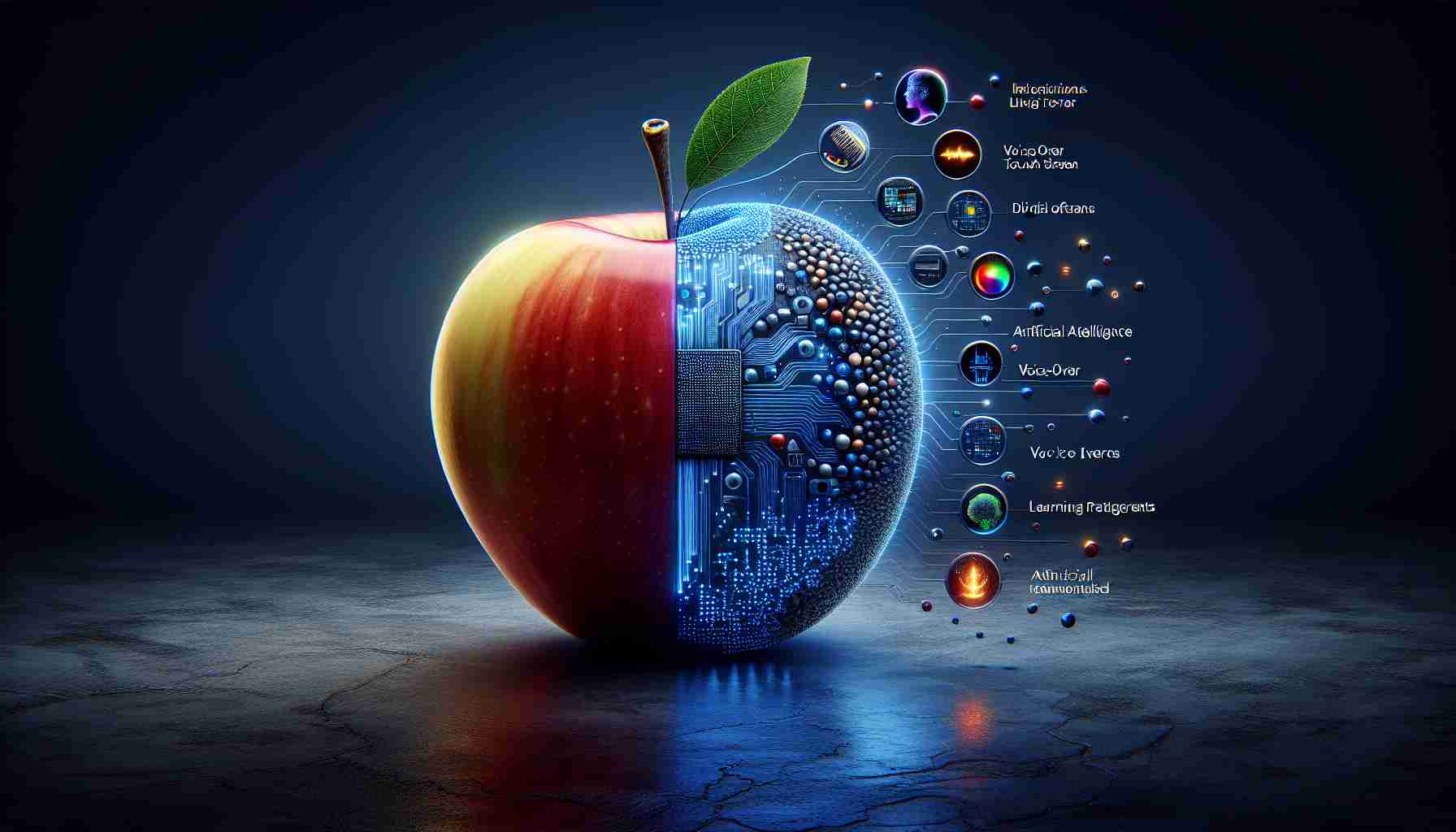World Celebrates Global Accessibility Awareness Day (GAAD)
Today marks the 13th annual Global Accessibility Awareness Day, promoting awareness around digital access and inclusion for people with different disabilities. The event focuses on encouraging conversations about accessibility and fostering learning opportunities regarding digital inclusiveness.
Inclusive Tech Innovation: Eye Tracking and More by Apple
Apple has announced the introduction of groundbreaking features that will transform the use of smartphones and tablets for everyone, particularly those with disabilities. Eye Tracking, Music Haptics, and Vocal Shortcuts are set to redefine accessibility in technology.
Enhancing Freedom through Accessibility
With about one billion people worldwide facing some form of disability, the issue of accessibility is not just a human rights matter but also a commercial one. By breaking down barriers, accessibility empowers individuals, providing a gateway to fulfilling, educational, and liberating experiences.
Eye Tracking: Breakthrough for Physical Disabilities
Among the soon-to-die-in innovations from Apple, Eye Tracking stands out. This feature will enable individuals with physical disabilities to control their iPad or iPhone using eye movements alone. Imagine the transformative effect for those who cannot independently operate their devices—like individuals with quadriplegia—opening up a new realm of digital interaction.
Detailed Functionality of Eye Tracking
Eye Tracking utilizes the front-facing camera of an iPad or iPhone, employing artificial intelligence to offer an integrated option for device control. Setup is swift and all sensitive data is securely stored on the device. Compatible with iOS and iPadOS apps, Eye Tracking does not require additional accessories, conveying the freedom of navigation with just the eyes.
Feeling the Music with Haptic Feedback
Music Haptics promises to deliver a novel sensory experience of music to those who are deaf or hard of hearing through the iPhone’s Taptic Engine. This is complemented by Vocal Shortcuts enabling operations via customized voice commands. Vehicle Motion Cues aims at reducing motion sickness, and these inclusivity enhancements will be integrated across visionOS.
Apple’s Commitment to Inclusive Experiences
Apple, with a long-standing tradition of prioritizing inclusive design, continues to integrate accessibility at the core of its hardware and software products. Tim Cook, CEO of Apple, and Sarah Herrlinger, Apple’s senior director of Global Accessibility Policy and Initiatives, reaffirmed the company’s dedication to enriching lives through innovative technology that allows more ways to communicate and navigate the world. These advancements are celebrated by the broader technology and research community, including advocates from the Beckman Institute for Advanced Science and Technology at the University of Illinois Urbana-Champaign.
Key Questions and Answers:
– What is Global Accessibility Awareness Day and why is it significant?
Global Accessibility Awareness Day (GAAD) is an annual event aimed at raising awareness about digital access and inclusion for people with various disabilities. Its significance lies in encouraging discussion, fostering learning, and promoting the implementation of accessible technologies in digital products and services.
– How is Apple contributing to digital accessibility advancements?
Apple is contributing with features like Eye Tracking, Music Haptics, and Vocal Shortcuts, which enhance the usability of its devices for individuals with disabilities. These technologies are integrated into Apple’s hardware and software, emphasizing the company’s dedication to inclusivity.
– What are the potential benefits of Apple’s Eye Tracking technology?
The Eye Tracking technology can offer immense benefits by enabling individuals with physical disabilities, such as quadriplegia, to operate their devices independently using only their eye movements, which can greatly enhance their communication, education, and entertainment experiences.
Key Challenges and Controversies:
– Compatibility and Availability: Ensuring that new accessibility features work seamlessly across all apps and are available to as many users as possible can be a challenge. Compatibility issues with third-party apps may limit functionality.
– Privacy Concerns: The use of sensitive technologies like eye-tracking could raise privacy concerns, as they require access to potentially sensitive biometric data.
– Advantages and Disadvantages:
Advantages:
– Empowerment: Accessibility features empower individuals with disabilities by offering them new means of interaction with technology.
– Inclusivity: Apple’s advancements foster an inclusive environment where technology can be used by everyone, regardless of their physical abilities.
– Innovation: The continuous development of accessibility technologies pushes the boundaries of what’s possible, driving innovation in the tech industry.
Disadvantages:
– Potential Costs: Advanced features may lead to higher product costs, which could make accessible technology less affordable for some individuals.
– Learning Curve: Users and caregivers may need to invest time and effort to learn how to use and customize new accessibility features effectively.
For more information about Global Accessibility Awareness Day and digital inclusion, you might want to visit:
Apple – For the latest updates on Apple’s accessibility features and commitments.
Global Accessibility Awareness Day – For more general information about the initiatives and activities surrounding GAAD.
Please note that additional facts and context not mentioned in the article might have been shared through official press releases, blog posts, or interviews with Apple executives. The information provided above is based on the context and details available up to the mentioned knowledge cutoff date and does not contain any statements or details released after that date.
